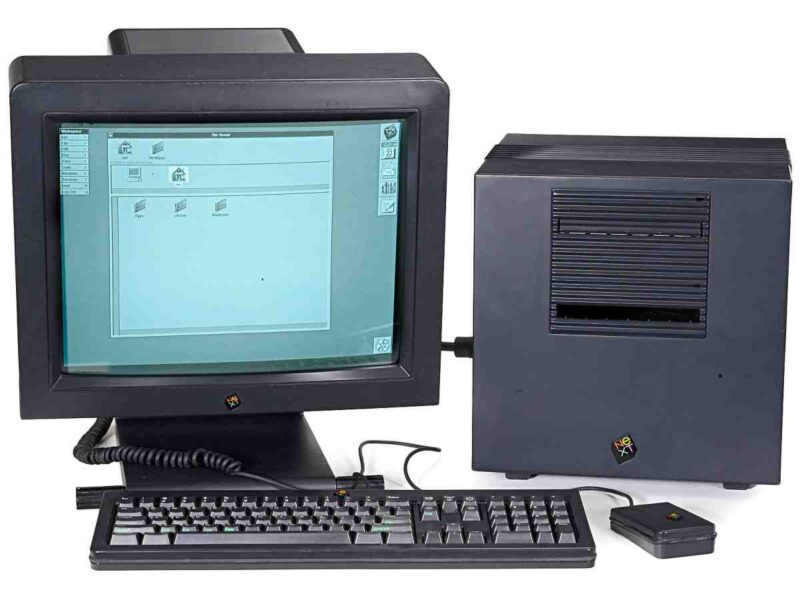Windows 13
Windows did a great thing for the computer industry: it standardized hardware and the expected list of operating system functions in order to make desktop computing a stable commodity. After it wrestled hardware from the domain of exclusive manufacturers, computers dropped in cost and became similar enough to be daily tools for most people.
It ended the problem of interoperability by becoming the “Rome” of computing. Everything had to work on Windows, have a Windows version, or at least communicate with Windows machines. Software developers had a baseline target to use to create their software and a small golden age of software flourished.
Windows survived a series of security crises, challenges from competitors, and worst of all, its corporate parent layering it in whatever trend dominated in every five-year period, creating an operating system with a lot of cruft arising from paradoxical objectives pacified by interoperability.
It also suffered under dubious advice that was both correct and wildly wrong:
The ecosystem has two huge drawbacks.
The first is Microsoft’s promise to make each generation of Windows compatible with as many products designed for previous generations as possible. It’s why many components and programs made for Windows 98 — and some even for Windows 95 and 3.1 — still run on Windows XP and Vista.
The second vulnerability is the growing number of products produced to run on Windows. There are several times more printers, scanners, mice, monitors, video cards, audio adapters, Wi-Fi cards, etc., available now than there were when Windows XP came out. People are still using them, and by gum, they expect them to work with Windows Vista!
The Windows ecosystem was broken, but that mainly had to do with the business model of selling operating systems with new machines and stacking them with adware to make a profit. However, that business model turned out to drive costs down appreciably and spread Windows to many machines.
If anything, the missing business model was a sense of purpose. Windows should be a transparent toolset for people to create what they need, but instead, it became like much of the rest of technology, a goal in itself. The Windows ecosystem could have been fixed by removing the corporate cruft and replacing it with user-oriented streamlined tools.
The bad advice in this famous column was to discard the past: not just past hardware, but backward compatibility. Doing so as Microsoft finally has with Windows 11 has killed off a huge part of the vast library of software created by humans, including some that is appreciably better than current offerings.
Even worse, breaking from the past has set Microsoft on a new path: they want to sell cloud services, not software, so they are decoupling their products from the operating system and even the hardware. As a result, Windows has abolished itself much like symbolism obviates its referent.
My prediction is that by 2027 or whenever Windows 13 rolls out, Windows will be a Linux distro which contains a special theme to make it look like Windows and perhaps some code for backward compatibility. This saves Microsoft from having to develop and upkeep its own operating system with a legion of NEETs and H-1Bs.
As the kooky MBAs see it these days, Microsoft exists to sell subscriptions to software services, and Windows should be an entry point to that and an “app store” which sells additional features, much like video games do. They are going to cut costs by using Linux and in doing so, remove any connection to the past.
In the long term, they are probably wrong. The subscription-based, disruptive services-oriented economy has already gone belly-up and people are tired of paying lots of money every month for small services. The future belongs to more powerful tools, as usual, and diversity Microsoft has missed the boat. But it will take them a decade to admit that.
Tags: dwight silverman, microsoft, unix










